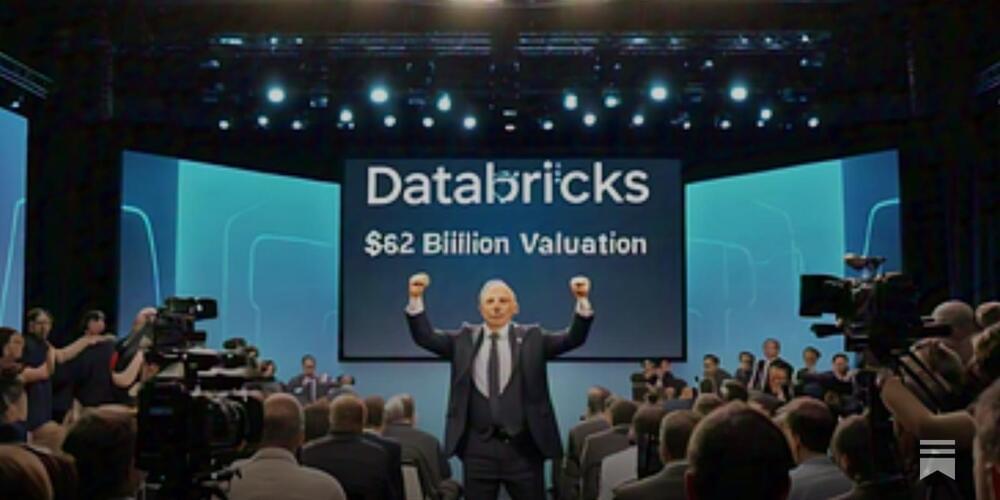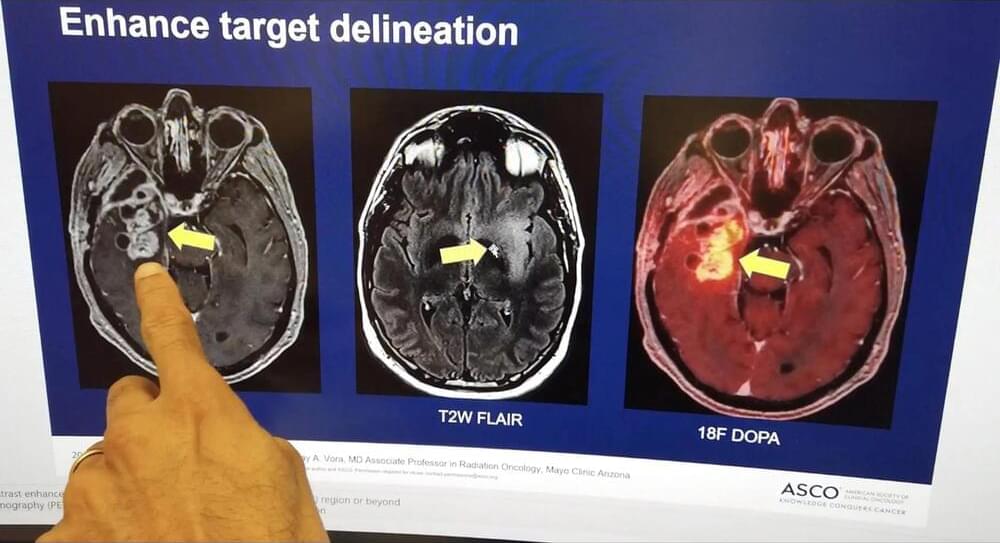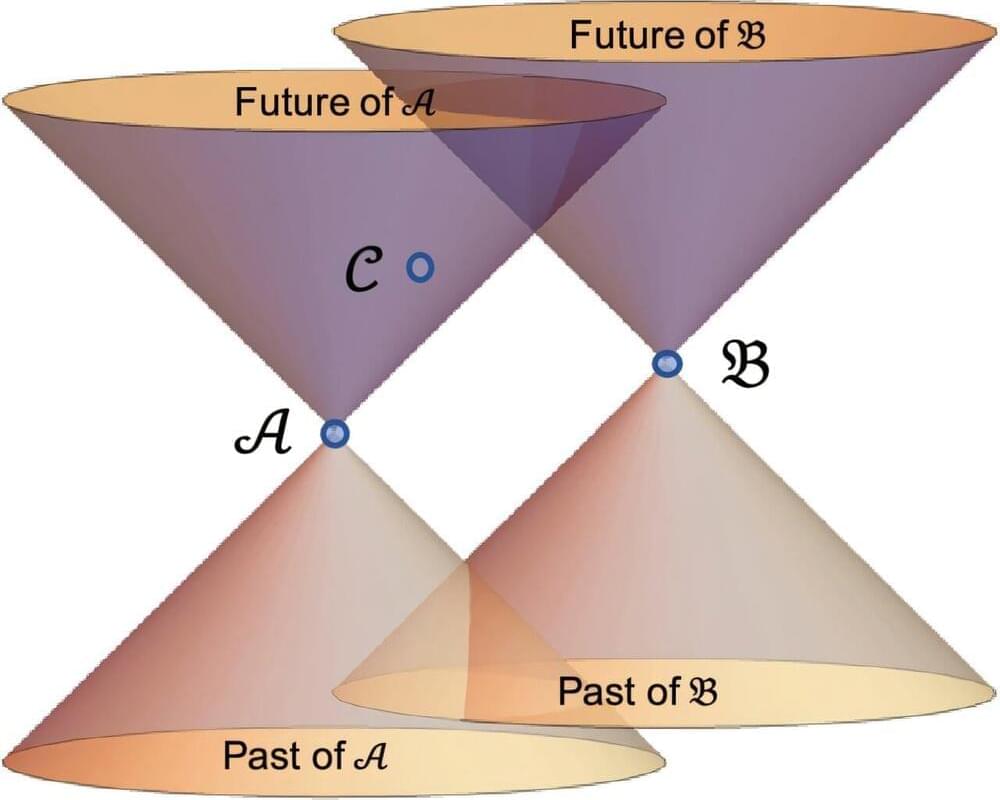Databricks has secured a $62 billion valuation after raising a whopping $10 billion in one of the largest venture capital funding rounds in history!



In 1956, a group of pioneering minds gathered at Dartmouth College to define what we now call artificial intelligence (AI). Even in the early 1990s when colleagues and I were working for early-stage expert systems software companies, the notion that machines could mimic human intelligence was an audacious one. Today, AI drives businesses, automates processes, creates content, and personalizes experiences in every industry. It aids and abets more economic activity than we “ignorant savages” (as one of the founding fathers of AI, Marvin Minsky, referred to our coterie) could have ever imagined. Admittedly, the journey is still early—a journey that may take us from narrow AI to artificial general intelligence (AGI) and ultimately to artificial superintelligence (ASI).
As business and technology leaders, it’s crucial to understand what’s coming: where AI is headed, how far off AGI and ASI might be, and what opportunities and risks lie ahead. To ignore this evolution would be like a factory owner in 1900 dismissing electricity as a passing trend.
Let’s first take stock of where we are. Modern AI is narrow AI —technologies built to handle specific tasks. Whether it’s a large language model (LLM) chatbot responding to customers, algorithms optimizing supply chains, or systems predicting loan defaults, today’s AI excels at isolated functions.

One of the biggest uncertainties in the ongoing AI revolution is whether these systems can legally be trained on copyrighted data. Now, the UK says it plans to clarify the matter with a change to the law.

PHOENIX — Mayo Clinic announces the results of an innovative treatment approach that may offer improvement in overall survival in older patients with newly diagnosed glioblastoma while maintaining quality of life. Glioblastoma is the most lethal type of primary brain cancer due to its aggressive nature and its treatment-resistant characteristics. It is the most common form of primary brain cancer. Each year an estimated 14,500 people in the U.S. are diagnosed with the disease. Results of Mayo Clinic’s phase 2, single-arm study are published in The Lancet Oncology.
Sujay Vora, M.D., radiation oncologist at Mayo Clinic, led a team of researchers investigating the use of short-course hypofractionated proton beam therapy incorporating advanced imaging techniques in patients over the age of 65 with newly diagnosed World Health Organization (WHO) grade 4, malignant glioblastoma.
Results showed that 56% of participants were alive after 12 months and the median overall survival was 13.1 months.” As compared to prior phase 3 studies in an older population having a median survival of only six to nine months, these results are promising,” says Dr. Vora. “In some cases, patients with tumors that have favorable genetics lived even longer, with a median survival of 22 months. We are very excited about these results.”
Jupiter’s moon Io is the most volcanically active body in our Solar System, with around 400 volcanoes and extensive lava flows spread across its surface – but contrary to what scientists thought, a new study suggests this geological chaos is not powered by a global, moonwide ocean of magma below the surface.
Using images snapped by NASA’s Juno spacecraft, gravitational measurements, and historical data about Io’s tidal deformations, an international team of researchers has determined that the moon’s volcanoes are powered by a scattering of magma chambers in an otherwise solid mantle.
The findings counter previous theories about how Io’s volcanoes are powered, and point to a mostly solid mantle for the moon. With magma oceans believed to be present on many worlds, especially early in their formation – including our own Moon – we may need to rethink how planets form and evolve.
Einstein’s theory of gravity, general relativity, has passed all tests with predictions that are spot-on. One prediction that remains is “gravitational wave memory”—the prediction that a passing gravitational wave will permanently change the distance between cosmic objects.
Supernovae—collapsing stars that explode outward—are thought to be generators of gravitational waves, though none have yet been definitively detected by the gravitational wave interferometers on Earth. Nor has the gravitational wave memory effect been seen, from mergers or supernovae, due to the limited sensitivity of interferometers below wave frequencies of 10 hertz.
But now a new study presents an approach to detecting the effect using currently existing gravitational wave observatories. The paper is published in Physical Review Letters.

A group of Brazilian researchers has presented an innovative proposal to resolve a decades-old debate among theoretical physicists: How many fundamental constants are needed to describe the observable universe? Here, the term “fundamental constants” refers to the basic standards needed to measure everything.
The study is published in the journal Scientific Reports.
The group argues that the number of fundamental constants depends on the type of space-time in which the theories are formulated; and that in a relativistic space-time, this number can be reduced to a single constant, which is used to define the standard of time. The study is an original contribution to the controversy sparked in 2002 by a famous article by Michael Duff, Lev Okun and Gabriele Veneziano published in the Journal of High Energy Physics.

Microgravity is known to alter the muscles, bones, the immune system and cognition, but little is known about its specific impact on the brain. To discover how brain cells respond to microgravity, Scripps Research scientists, in collaboration with the New York Stem Cell Foundation, sent tiny clumps of stem-cell derived brain cells called “organoids” to the International Space Station (ISS).
Surprisingly, the organoids were still healthy when they returned from orbit a month later, but the cells had matured faster compared to identical organoids grown on Earth—they were closer to becoming adult neurons and were beginning to show signs of specialization. The results, which could shed light on potential neurological effects of space travel, appear in Stem Cells Translational Medicine.
“The fact that these cells survived in space was a big surprise,” says co-senior author Jeanne Loring, Ph.D., professor emeritus in the Department of Molecular Medicine and founding director of the Center for Regenerative Medicine at Scripps Research. “This lays the groundwork for future experiments in space, in which we can include other parts of the brain that are affected by neurodegenerative disease.”

Researchers recently made a groundbreaking discovery on the nanoscale: a new type of quasiparticle found in all magnetic materials, no matter their strength or temperature. These new properties shake up what researchers previously knew about magnetism, showing it’s not as static as once believed.
“Emergent topological quasiparticle kinetics in constricted nanomagnets,” was published in Physical Review Research. The researchers include Deepak Singh and Carsten Ullrich from the University of Missouri’s College of Arts and Science, along with their teams of students and postdoctoral fellows.
“We’ve all seen the bubbles that form in sparkling water or other carbonated drink products,” said Ullrich, Curators’ Distinguished Professor of Physics and Astronomy. “The quasiparticles are like those bubbles, and we found they can freely move around at remarkably fast speeds.”

Caltech researchers have quantified the speed of human thought: a rate of 10 bits per second. However, our bodies’ sensory systems gather data about our environments at a rate of a trillion bits per second, which is 100 million times faster than our thought processes. This new study raises major new avenues of exploration for neuroscientists, in particular: Why can we only think one thing at a time while our sensory systems process thousands of inputs at once?
The research was conducted in the laboratory of Markus Meister, the Anne P. and Benjamin F. Biaggini Professor of Biological Sciences, and it was led by graduate student Jieyu Zheng. A paper describing the study appears in the journal Neuron.
A bit is a basic unit of information in computing. A typical Wi-Fi connection, for example, can process 50 million bits per second. In the new study, Zheng applied techniques from the field of information theory to a vast amount of scientific literature on human behaviors such as reading and writing, playing video games, and solving Rubik’s Cubes, to calculate that humans think at a speed of 10 bits per second.